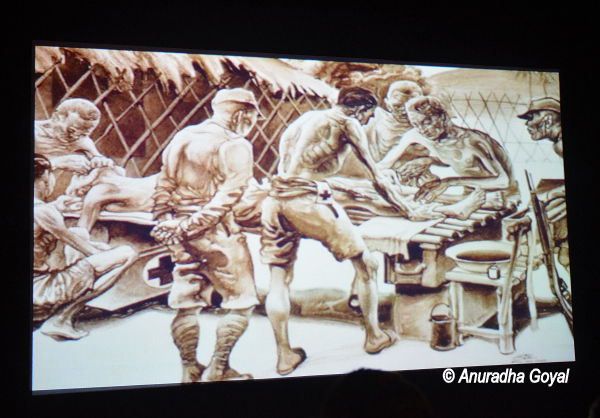
The tourist circuit in Western Thailand bordering Myanmar or Burma is centered on the historic Burma – Thailand rail link that was built during Word War II by the Japanese forces. The story is simple – Japan wanted to reach India with its war material and the route via sea was risky and they wanted to reach via a road route. So they decided to build a 400+ kms of rail link and they wanted to build it fast. They started work on rail link at both ends in Southern Burma and in Thailand and the two links met in Oct 1943 at Konkoita in Thailand. Today about 130 kms of this rail link is still operational between Non Pladuk and Namtok. Majority of it was destroyed during the World War II itself when allied forces air raided the area.
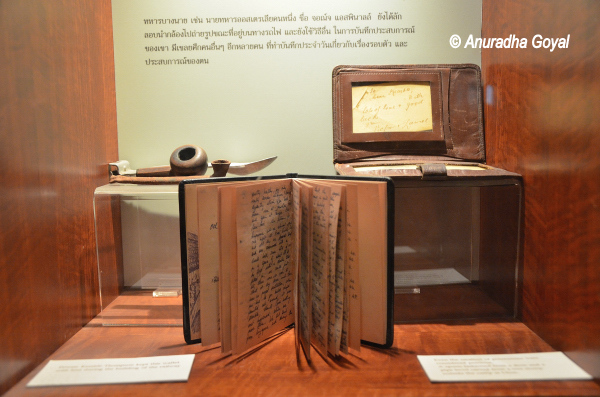
The link was built by using the 60,000 prisoners of war (PoW) of allied forces and millions of civilian laborers who came from the local population. About 20% of PoW and about 90,000 local laborers called ‘Romushas’ lost their lives during this construction for various reasons including lack of food, medical facilities, over work, harsh living conditions and brutal treatment by the authorities. All the PoWs who died have a beautiful cemetery dedicated to them in Kanchanaburi, about the local laborers – well no one knows. There was phase in 1943 when the pace of work was greatly increased and this period is known as ‘Speedo’ and workers were made to work even at night.
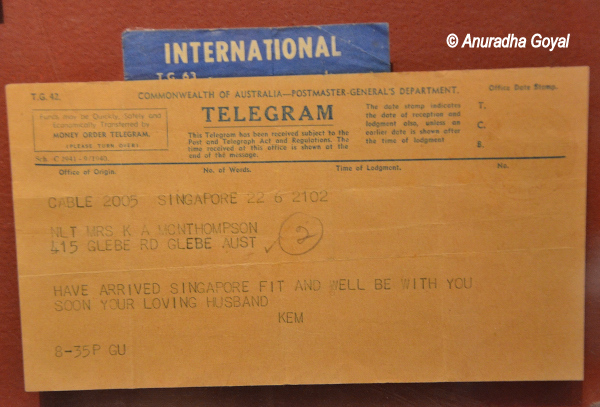
‘A life for every Sleeper’ is what you read when you enter a small but beautifully preserved and presented museum tells the story of those who lost their lives through films that have been created using the real pictures of that time. The walls of the museum have the history written in detail with maps, dioramas, pictures and paintings highlight the story. There are historical bits and pieces like the dresses worn, the diaries, the orders issued that tell you about the times when the rail link was being built about 70 years ago. Since this is a well-documented period there are lots of chronologies that can be seen on the walls. Personal use items like open pages of a diary are moving as is the 7-minute film that is screen every 10 minutes for the visitors.
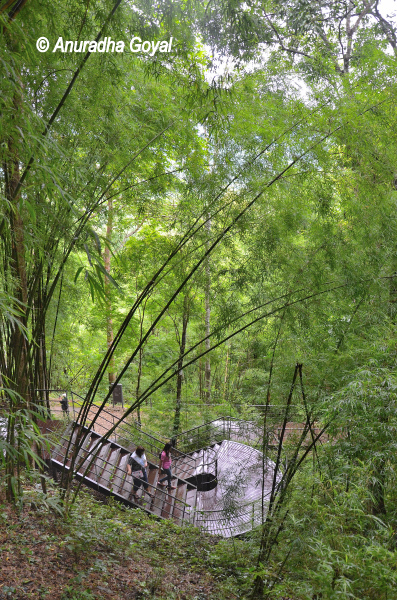
Museum is located on top of the Hellfire Pass Hill. You have to take some steps down, to reach a portion that has the remains of the original railway line. As you walk through the gorge that must have been excavated for laying this rail line, you see the dense forest that is still around and wonder how they would have done work of laying down railways. You wonder how important it could be to transport war material that you are ready to let millions die for it and then use it to kill another set of people. The small memorials with pictures of some prisoners and small memorial crosses kept on the side of the track evoke an emotion that makes you feel the pain of those who had to suffer here. Walking on the train path makes you feel as if you are meeting a part of the history.
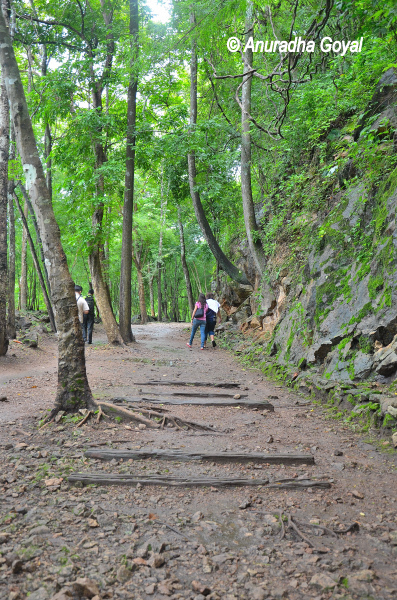
I was very impressed by the way the whole memorial has been kept. The wooden pathway that leads to the rail track is beautiful. It lets you stop every few steps and admire the hills and woods around. Fortunately the day we went there, there were thick clouds playing with the lush green color. Interestingly, this memorial has been built with the efforts of an Australian PoW who worked here on this pass and came back after 40 years to look for the spot. He then requested Australian Government to put this in place.
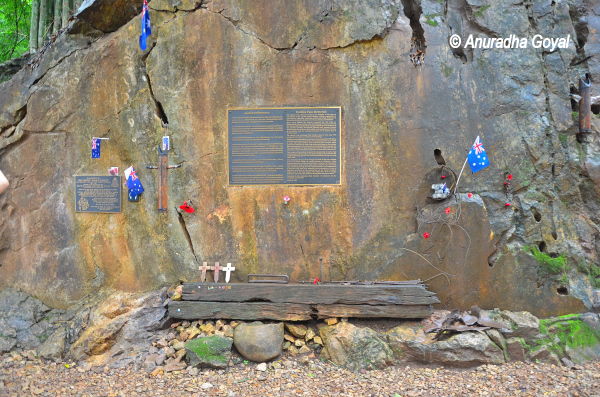
Hellfire Pass memorial is an integral part of the history of this region and would interest any history enthusiast.






0 comments:
Post a Comment